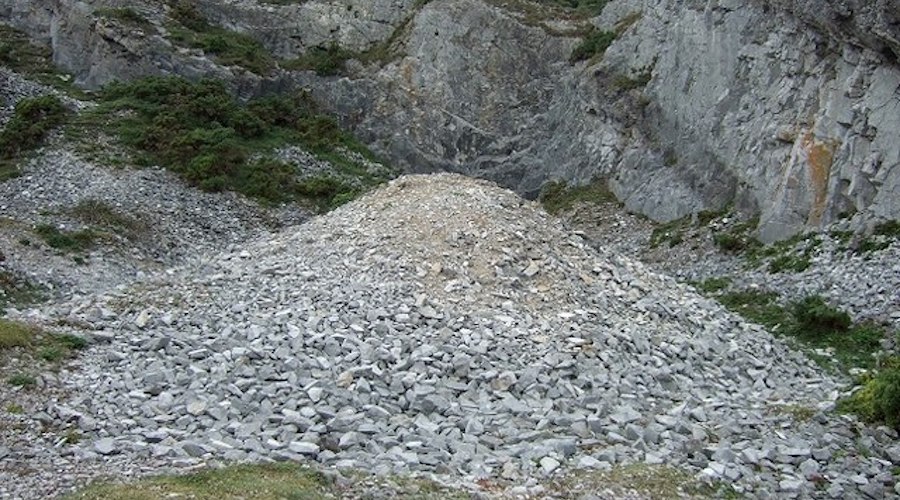
Limestone is among the sedimentary, calcareous rocks most widely used worldwide. It is made up of calcite and other minority minerals with variable grain dimensions. Each type produces a different quality of quicklime for specific industrial applications and it can be classified according to the sizes of the grains it is composed of, with each type having a different range of industrial uses.
Previous research has shown that the intensity of Raman spectral signals, and of the background, will depend on the particle or granule sizes of the sample tested. Knowing this, Osticioli and his colleagues set out to quantize this effect and to use the information to see whether it would be possible to classify rocks in situ, in a quarry, using a portable instrument.
They examined a set of rock samples that had been classified by experts, rock pellets and crystalline calcite powder with the portable spectrometer, it showed that there was a clear correlation between Raman signal and particle size, and obtained a calibration curve.
“This demonstrates that this technique can provide trustworthy information about mineral fabric,” Osticioli said in a media statement.
The scientist also pointed out that the machine is portable and small enough to be used during quarrying. It also yields trustworthy results quickly.
Following these findings, Osticioli and his team now plan to refine the calibration curve to make size assessment, and therefore mineral particle-size correlation, more precise.
“And the technique can be extended to other minerals that are quarried for other industrial purposes,” the researcher said.




